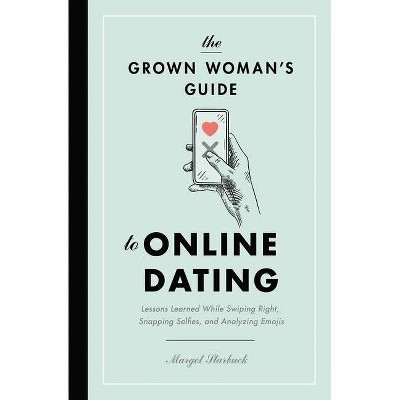Dr. Dyslexia's Guide to Sports Psychology for Equestrians - by Margot P Nacey (Paperback)

Similar Products
Products of same category from the store
AllProduct info
<p/><br></br><p><b> Book Synopsis </b></p></br></br><p>Dr. Margot Nacey's lifetime of experience as a horse person and more than 30 years as a clinical and sports psychologist has given her a front row seat into the equestrian world. Throughout her book Nacey offers equestrians state of the art tools from EMDR, Energy Psychology, Brainspotting, and her Mental Advantage Program to enhance and expand performance. </p><p> Nacey has adapted contemporary models of trauma treatment to the equestrian world and uses these techniques daily in her practice as a clinical psychologist and incorporates them into her riding program at Gargot Farms. The tools offered by Nacey are designed to reduce the effects of trauma often experienced by equestrians including symptoms of performance anxiety, fear and depression that are at the root of sports failure.</p><p> Nacey's personal experience and challenges with dyslexia and lack of peripheral vision has given her a unique perspective on the Human-Equine connection. Through her Mental Advantage Program Nacey provides numerous exercises and techniques to process and lessen trauma and fear, as well as offering a variety of methods to build, enhance and deepen a co-conscious connection between horse and rider. </p><p>Nacey shares her own experiences with traumatic falls, fear, shame, and how she overcame these challenges by using many of the techniques described in this book. Her story is encouraging and helpful for riders in understanding that they are not alone in overcoming panic after a frightful experience. </p><p>Nacey describes in detail how EMDR techniques can help heal riders and also horses with PTSD, as she illustrates self-soothing techniques for both horse and rider. Additional exercises from Energy Psychology offer direct treatments for certain situations like diffusing self-defeating behavior, trauma, and enhancing visualization. </p><p> Dr. Dyslexia's Guide to Sports Psychology for Equestrians introduces Brainspotting, one of the newest cutting-edge techniques for the treatment of trauma, and also in healing repetitive sports performance issues. Nacey provides examples of therapy sessions as well as various self-assessments in order to measure an individual's level of sports performance trauma. Exercises combining Brainspotting, EMDR, and Energy Psychology make this guide a comprehensive resource for riders who battle feeling uncomfortable in the saddle.</p><p> Nacey further builds on the rider's newly acquired skills and perceptions by focusing on the positive and providing five principles of animal communication along with exercises both on and off the horse to install her Mental Advantage Program and assist in the Human Equine Co-Communication (HECC). </p><p> Additionally, Nacey offers a chapter for spouses, families and parents making this book an all-around manual covering every aspect of competing. Nacey speaks to the all too often overlooked effect of trauma on family members and offers soothing exercises for spouses and parents of competitors. In Nacey's experience, parent education is vital to a child's success. She addresses questions such as should my child get back on immediately after a fall? Guidelines are given for choosing a knowledgeable instructor as well as outlining methods of communication between equine and non-equine spouses. </p><p> By letting go of trauma, understanding equine behavior and forming a trusting connection with your horse, you will have a true mental advantage, and every day and every ride will be a joy. </p><p> Complete with a Preface by Olympian and FEI Judge Jessica Ransehousen and forward by Olympian, Gold Medalist, Joe Fargis, Dr. Dyslexia's Guide to Sports Psychology for Equestrians is a must have guide for every rider.</p>
Price History
Price Archive shows prices from various stores, lets you see history and find the cheapest. There is no actual sale on the website. For all support, inquiry and suggestion messagescommunication@pricearchive.us




















